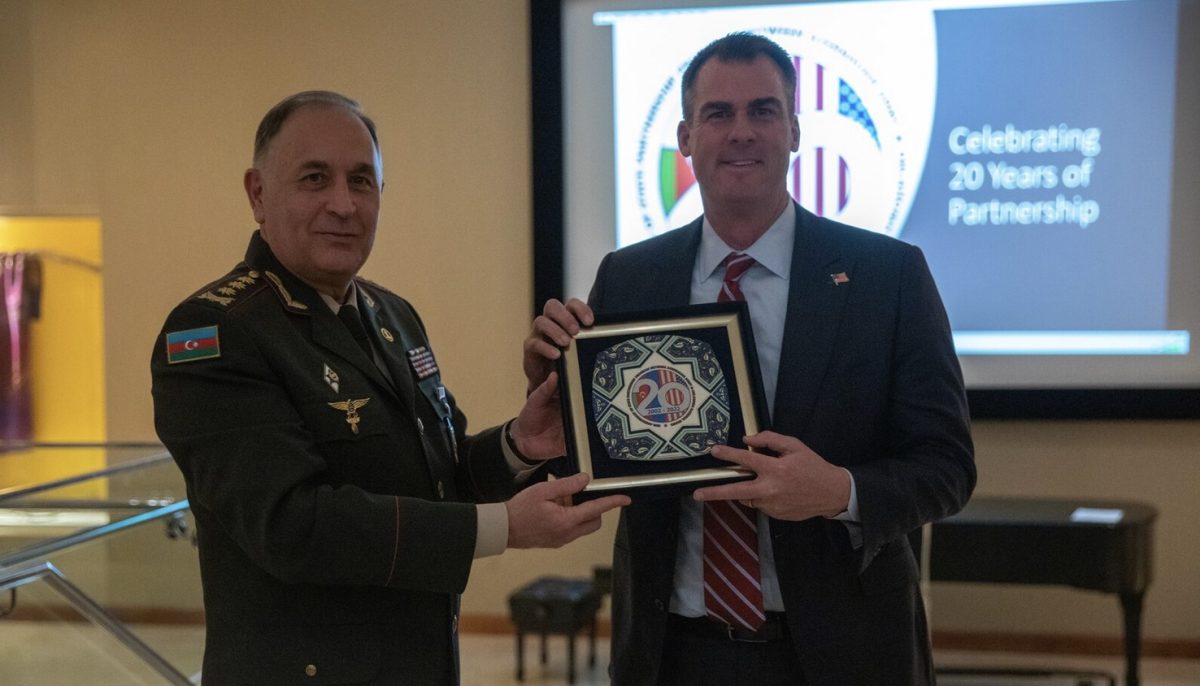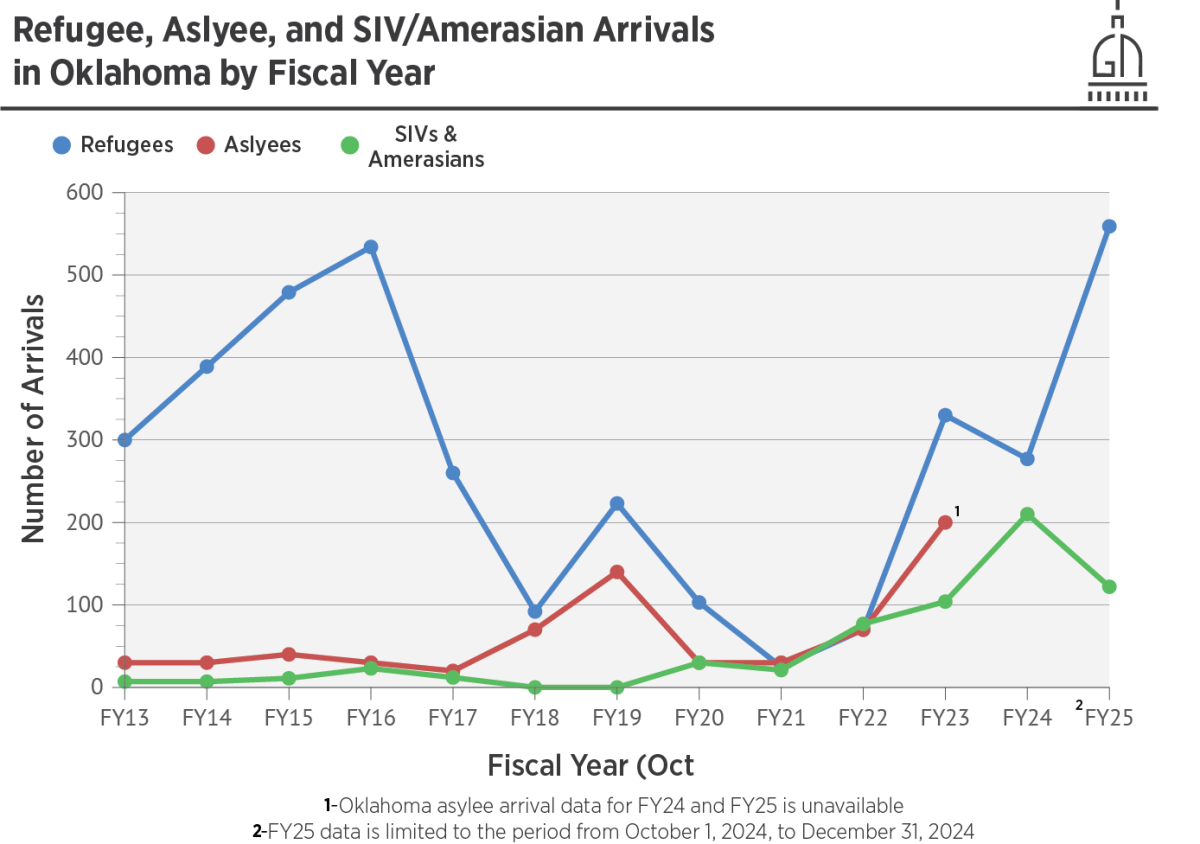WASHINGTON – Fifteen years after Brigadier General Colby B. Wyatt first stepped onto Azerbaijani soil to help grow a budding partnership, he found himself once again standing beside the nation’s leaders, this time in Washington, D.C., celebrating Azerbaijan’s Independence Day.
The Oklahoma National Guard has been charting the future of its alliance through the State Partnership Program, a U.S. Department of Defense Security Cooperation Program launched in 1993. It was originally created to assist 13 former Soviet Union and Yugoslav countries, focusing on building partner military capacity and defense capability through relationship building. It now includes 115 partner nations, growing by two new nations a year.
“At the time, it was just a company, which is about 100 and I think for them, it was about 130-140 people. And since then it has grown into a brigade size,” Wyatt said.
“So now it’s right around, 3,300 people that we would be able to plug it right into a NATO type scenario if we had a major conflict somewhere,” he said.
Each partnership is strategically designed to meet the unique needs of the partner country. Partnerships are jointly developed by the Combatant Command and the U.S. Embassy to align with both defense and diplomatic goals.
The program includes high-level leadership engagements, subject matter expert exchanges, familiarization visits to U.S. military facilities, joint training exercises and, in some cases, co-deployment on peacekeeping or military missions.
It focuses on key areas such as disaster and emergency response, leadership and professional development, aviation operations and safety, cyber defense, infantry tactics, engineering, counterterrorism and military medical capabilities, officials said.
Pairings between U.S. states and foreign nations under the State Partnership Program are often shaped by shared cultural ties or historical relationships. Illinois, for example, was partnered with Poland in 1993, one of the program’s first 13 pairings, due in part to Chicago’s deep-rooted Polish American community. That connection helped prepare Poland for NATO membership in 1999 and continues today through regular joint military exercises, according to a National Guard spokesman.
Similarly, the country of Georgia was paired with the Georgia National Guard in 1994, a match influenced by both the name and an established sister-city relationship between Atlanta and Tbilisi. With partnerships spanning every continent except Antarctica, and each U.S. geographic combatant command, the program demonstrates how strategic alignment can grow from shared identity and mutual interests, the spokesman said.
In Oklahoma’s case, the match with Azerbaijan was largely due to both regions being rich in oil and gas resources. The Oklahoma National Guard typically visits four to six times a year with training differing based on what the host nation wants to specifically train on.
The program operates with a $55 million annual budget. Federal law authorizes the Secretary of Defense to create activities that support U.S. security cooperation objectives, specifically between National Guard units and the military, security forces, or emergency response agencies of foreign nations.
The State Partnership Program goes far beyond joint training, it creates meaningful connections at every level, from individual soldiers to senior leaders and even shapes international relationships.
Gaylord News is a reporting project of the University of Oklahoma Gaylord College of Journalism and Mass Communication. For more stories by Gaylord News go to GaylordNews.net.








